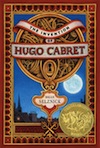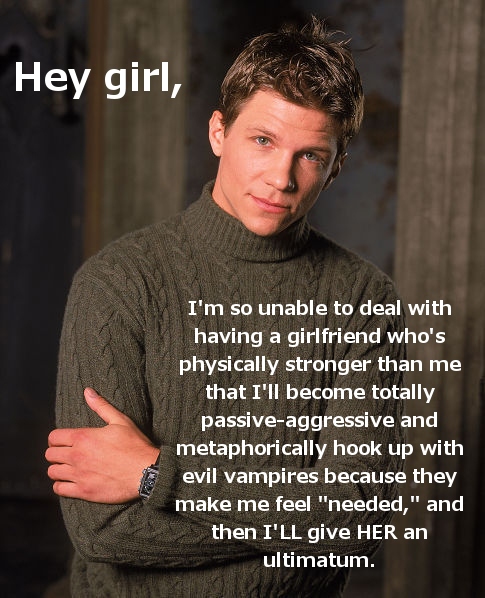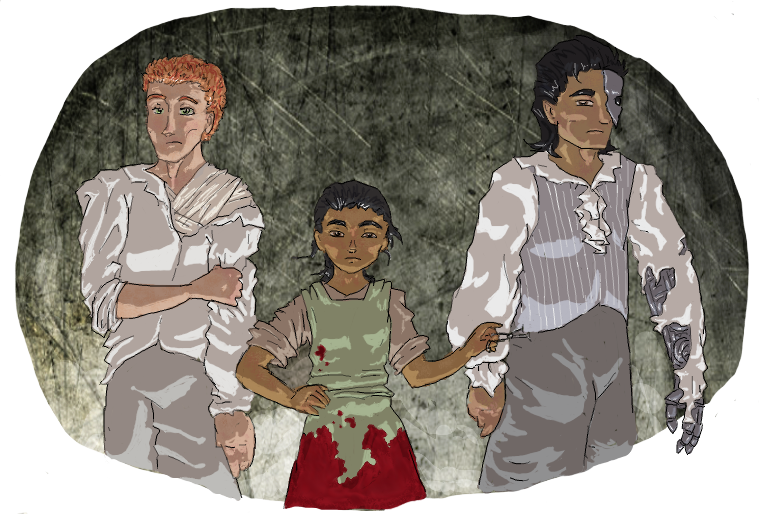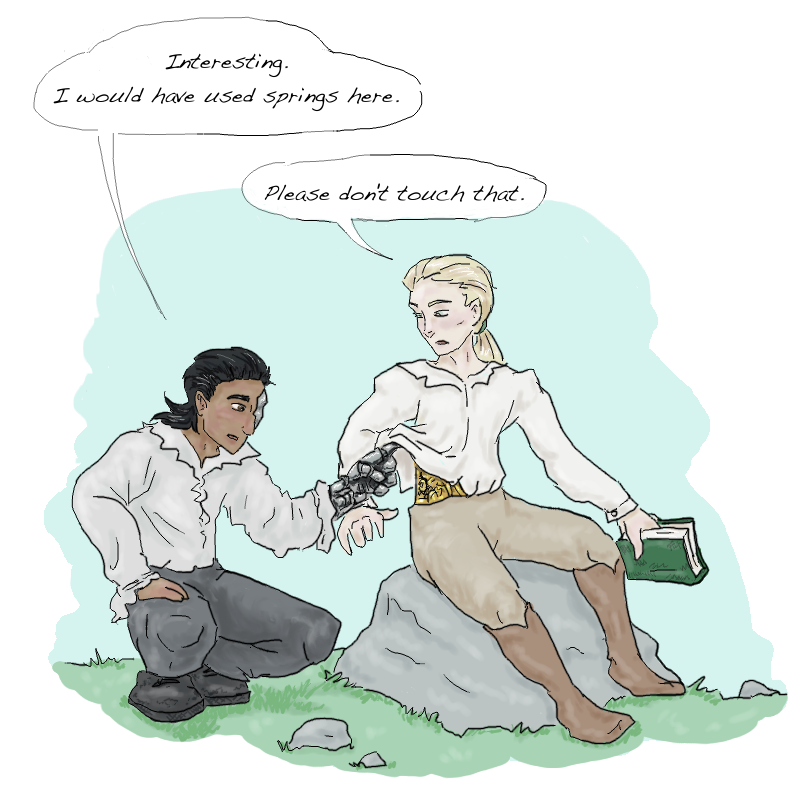You may recall me deciding, back in January, that this year I would read a bunch of the books I was embarrassed not to have read already. I made a list of fifteen “shame unreads” to cross off this year. Most are classic or new-but-wildly-popular YA or middle-grade books. I posted an update in May, at which point I had read six of the books.
Well, as of this afternoon, I have finished the list! Nic: 15, Shame: 0! Huzzah!
First, let’s see what I thought of Books 7 through 15.
7.
 Matched by Ally Condie
Matched by Ally Condie
Reaction: A little unimpressed, honestly. I’m glad I read it, because the trilogy is super-popular with teens, but I found the world and characters a bit bland.
I Hadn’t Already Read It Because: Just hadn’t gotten around to it.
8.
 Sabriel by Garth Nix
Sabriel by Garth Nix
Reaction: YES. THIS. Why had I not read this already? This book was lyrical, exciting, well-thought-out, even funny.
I Hadn’t Already Read It Because: I have no idea. Maybe I was afraid it wouldn’t live up to my expectations? I’d heard a lot of good stuff, and I’m already a fan of Garth Nix.
9.
 The Giver by Lois Lowry
The Giver by Lois Lowry
Reaction: Impressed. I’ve heard people insinuate that Matched ripped off The Giver, and I can see that angle, though Matched is different in that it focuses on romance. The Giver has spare, strong writing and an interesting concept. Not a big fan of the ending, though.
I Hadn’t Already Read It Because: I saw it as a “school assignment” book. I’d never been assigned it, but knew lots of people who had. Also, I feared Newbery Award books as having dead dogs and no dragons.
10.
 Ender’s Game by Orson Scott Card
Ender’s Game by Orson Scott Card
Reaction: I see why so many people are into this book. It’s fascinating and exciting. I believe the twist had been spoiled for me at some point, but honestly, I’m not actually sure to what extent I’d been spoiled versus to what extent I was just able to guess the twist. It didn’t surprise me much. Still, cool book.
I Hadn’t Already Read It Because: Mostly superficial reasons – it’s an older book, and most of the covers are terrible. Plus, I’m not usually a sci-fi person. And I’m totally skeeved by what I’ve heard about Card’s views on homosexuality. But the book is important enough to enough people that I felt I ought to read it.
11.
 The Invention of Hugo Cabret by Brian Selznick
The Invention of Hugo Cabret by Brian Selznick
Reaction: Beautiful, touching book. I like the historical tie-in. I also like that the copy I read was a beautiful object in itself – not just illustrated, but printed on heavy paper and giving every impression of quality.
I Hadn’t Already Read It Because: Just hadn’t gotten around to it.
12.
 When You Reach Me by Rebecca Stead
When You Reach Me by Rebecca Stead
Reaction: Whoooah, trippy! I like a time-travel story that’s well-planned. Plus, the quirky story and poignant character development makes for good reading all on its own.
I Hadn’t Already Read It Because: Again, just hadn’t gotten around to it.
13.
 Daughter of Smoke and Bone by Laini Taylor
Daughter of Smoke and Bone by Laini Taylor
Reaction: Beautifully written. I like the characters, the world, and the plotting. It’s a quadruple-threat!
I Hadn’t Already Read It Because: I thought it might be just another paranormal romance, a genre in which I’ve had poor luck finding books I like, though I do keep trying.
14.
 The Ruins of Gorlan by John Flanagan
The Ruins of Gorlan by John Flanagan
Reaction: Underwhelmed. I found the writing uninspired, the plot cliché, and the glaring near-absence of female characters unnerving. Had to force myself to finish it.
I Hadn’t Already Read It Because: Honestly, based on its plot description and its massive following, I’d been nervous I would really like it, and would then find myself caught up in the Ranger’s Apprentice series, which is at least twelve books long, not counting spin-offs.
15.
 The Knife of Never Letting Go by Patrick Ness
The Knife of Never Letting Go by Patrick Ness
Reaction: WOW. This blew me away. It should be called The Book of Never Letting Go, because I couldn’t put it down. The thing’s close to five hundred pages long, but I zoomed through it. Touching, scary, smart, sad, action-packed . . . this book is amazing.
I Hadn’t Already Read It Because: I’d heard it was intense. Which is a phenomenally accurate description. I’d also heard about one sad thing that happens. It happened, and it was sad. But the book was still fantastic.
Whew! Finished reading those just in time, didn’t I?
My favorites: Sabriel, Daughter of Smoke and Bone, The Knife of Never Letting Go. All of these have me psyched to come back for more. I’ll definitely be continuing with these three series.
I’m not sure whether I’ll do a similar list next year. After all, I’ve now read many of the books I’d been embarrassed not to have read (*coughEnder’sGamecoughTheGivercough*). I’m thinking that maybe next year I’ll do a Diversity Read. Of course, I want to be reading diverse books every year, but maybe making a big point out of it one year would help me cement the habit. What do you think?



























